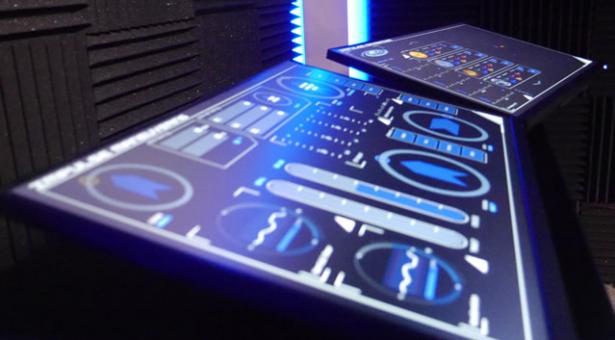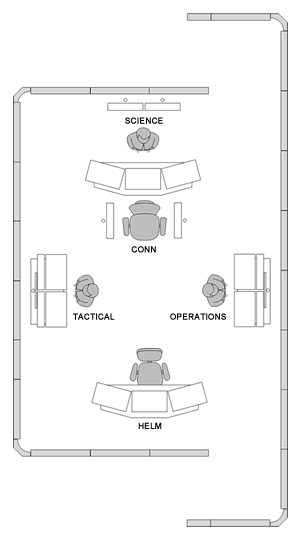

Simulation Program

Simulations have been a critical part of the success of every space program. They ensure crew are completely familiar with their systems before launch and ready to deal with anything that deep space throws at them.
The ISDC's simulation program serves a critical dual role. It provides a test environment for technicians to develop and perfect the systems which control the Endeavour, and a training and assessment environment for potential crew.
The program will present an increasingly complex series of simulations as vessel systems become available, ranging from system-specific trials to full mission-status simulations.
Participants will be supported by training programs providing them with skills they need to take on the various crew roles covered by the simulations.
Participation
Each simulation will include a number of vessel systems operated by rated (qualified) crew.
Becoming rated on a system can be done by online course, supported by an instructor. Courses typically consist of a video overview supported by reference materials and a series of evolutions (practical training exercises) that crew can practise.
Facility
The program will take place at the ISDC's simulation facility, which includes an immersion simulator that mimics the onboard environment.
 This simulator is modular, configurable for any mission requirement and expandable over time to accommodate new systems.
This simulator is modular, configurable for any mission requirement and expandable over time to accommodate new systems.
A supporting mission operations room allows for the management of simulations, with supervisors running drills and triggering problems for the crew to work through.
Alternatively, two crews can go head to head as competing vessels, one based in the facility and the other using the remote simulator.
The facility will be bookable by crew teams for training or competition. Crews can select from a growing list of supported mission scenarios.
Mission Scenarios
Simulations target different training goals. Some have a focus on specific systems, while others allow crew across multiple systems to gain experience working as a cohesive team.
Mission scenarios determine how a simulation meets those goals by defining the sim's operating parameters and objectives. They vary in complexity from single-system training exercises (evolutions) to full multi-system simulations that replicate actual mission conditions.
As vessel systems are deployed they will be incorporated into new, more complex mission scenarios. Crews will take the skills they've honed earlier and collaborate on broader mission scenarios that will come closer and closer to what they'll experience when Endeavour makes her first voyage into deep space.
System Scenarios
These scenarios focus on specific systems for training and familiarisation.
The simplest form of scenario is an evolution, which is a training exercise that is defined completely in advance. The crew follows the instructions given to complete the scenario, picking up the skills targeted by the evolution in the process.
More advanced variants involve the crew being given an objective and left to apply their skills and knowledge to achieve the objective.
Tactical Scenarios
These scenarios focus on crew training and preparedness for combat. They can include a varying range of tactical sub-systems (such as EMDAR, weapons direction) and other vessel systems such as helm, operations and engineering subsystems (such as power distribution and spaceframe/damage control).
Tactical scenarios typically involve two vessels with conflicting mission objectives that cause the vessels to converge on a point in space. For example one vessel may have the objective of protecting a space station or landing party, ther other vessel will be required to capture or destroy the same.
Mission Scenarios
These scenarios are more complex, focussing on preparing crew to deal with situations of a type likely to be encountered on an actual mission. The aim of these scenarios is not necessarily to prepare the crew for that particular situation but to encourage development of their analytical and operational skills. A broad range of vessel systems is usually involved.
Mission scenarios aren't usually concerned with the stated objectives. Instead a situation is introduced to the crew during the course of the mission, which may take the form of an unusual sensor reading, a vessel system anomaly or the appearance of a third party. It will be up to the crew to apply their skills and experience to resolve the situation.
Future Simulations
Simulations will continue to add capability as new systems are delivered. Initial scenarios will focus on tactical and operations.Scenarios targeting more mission-oriented roles such as science and exploration will also become available as new vessel systems become available.








